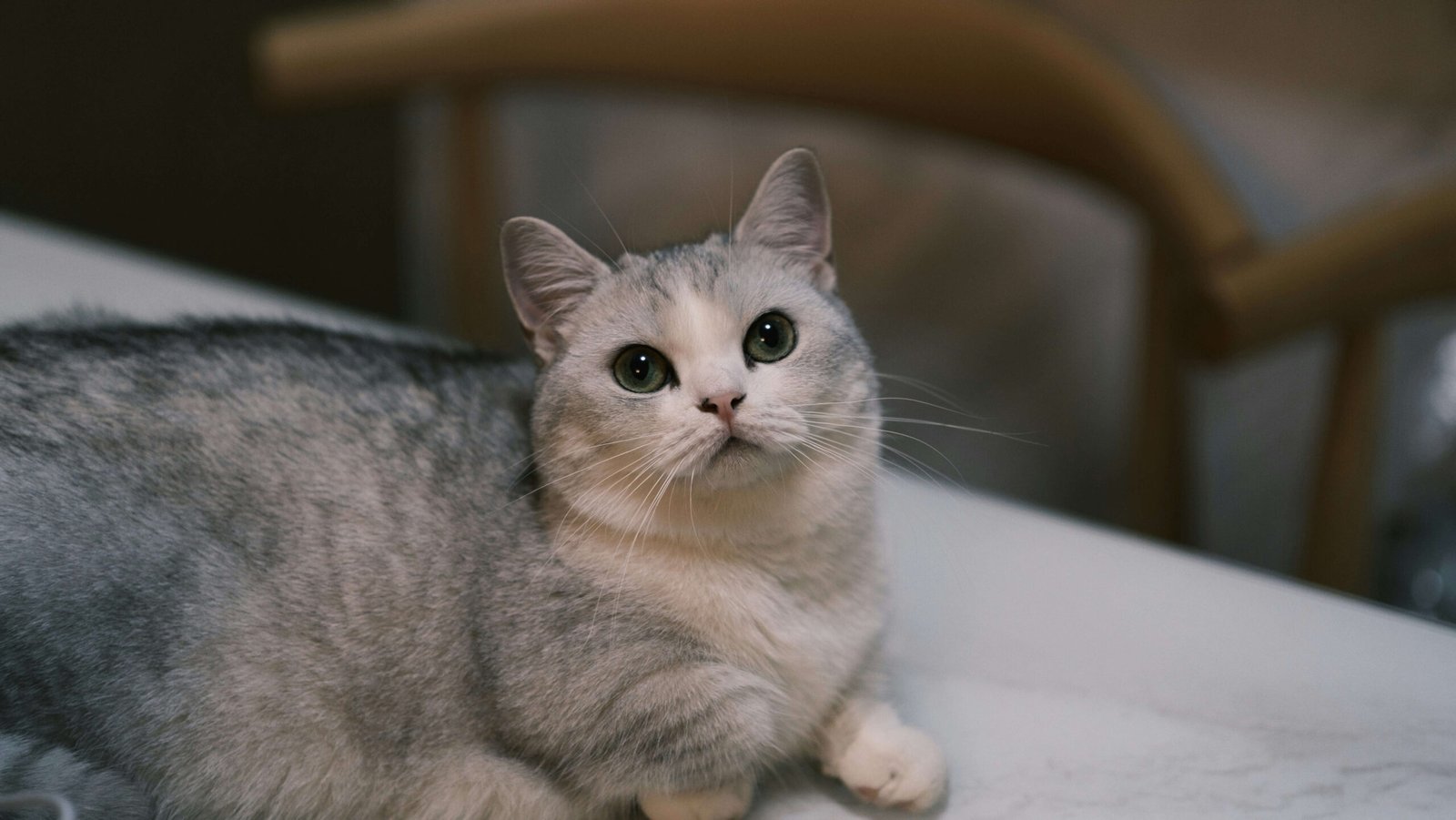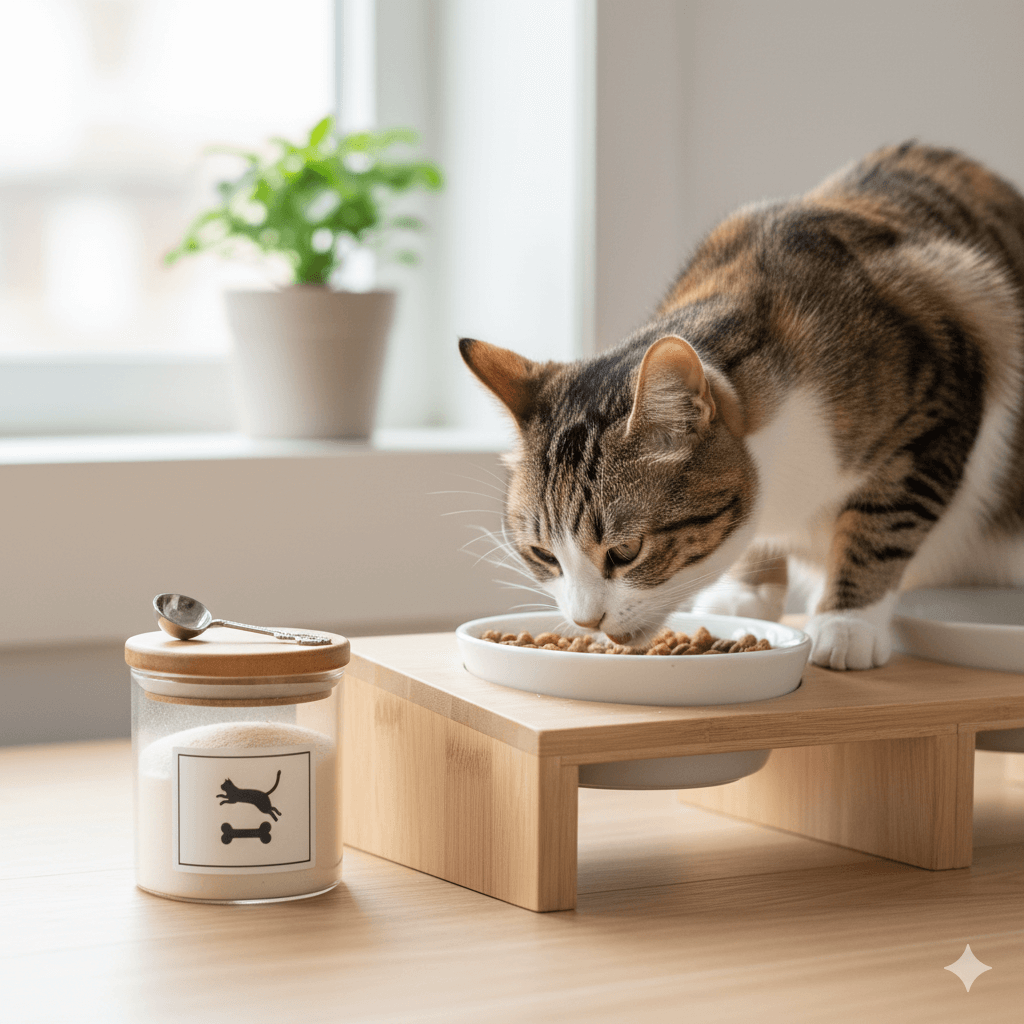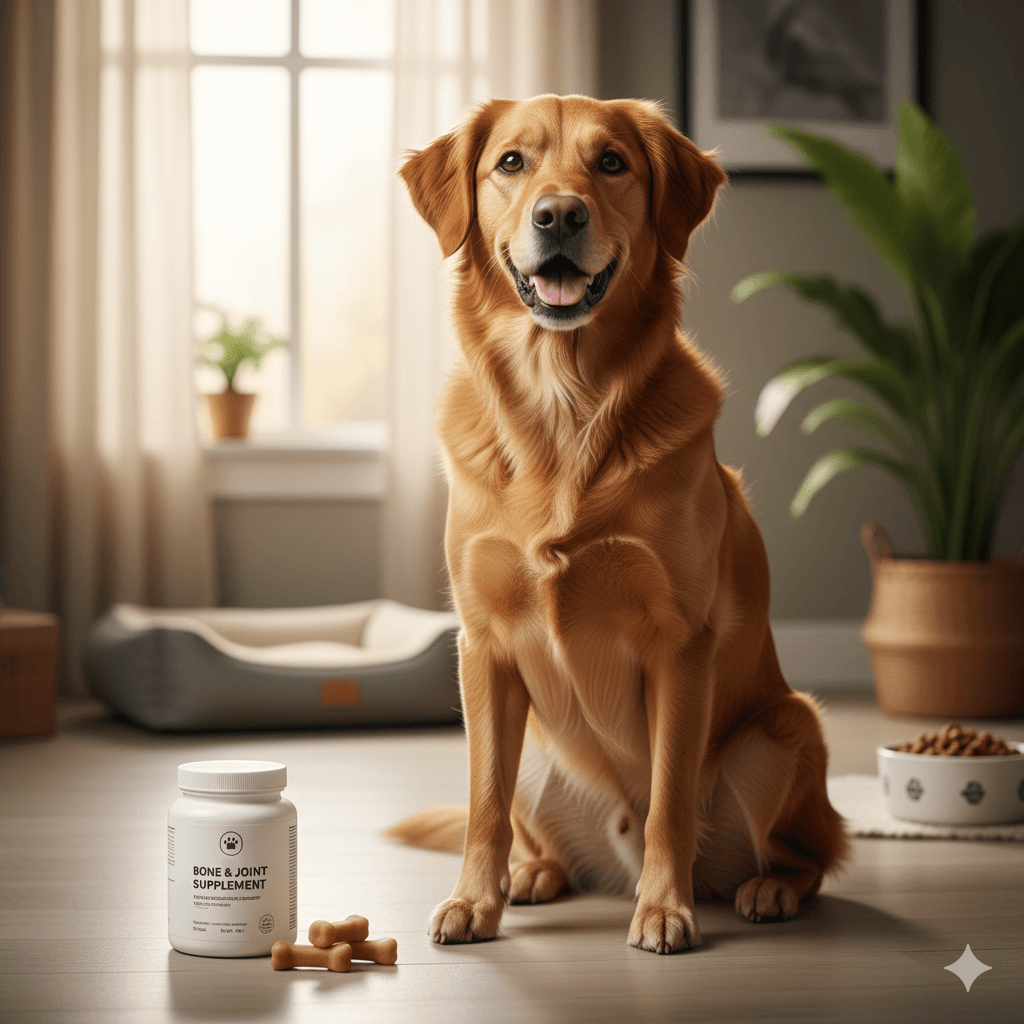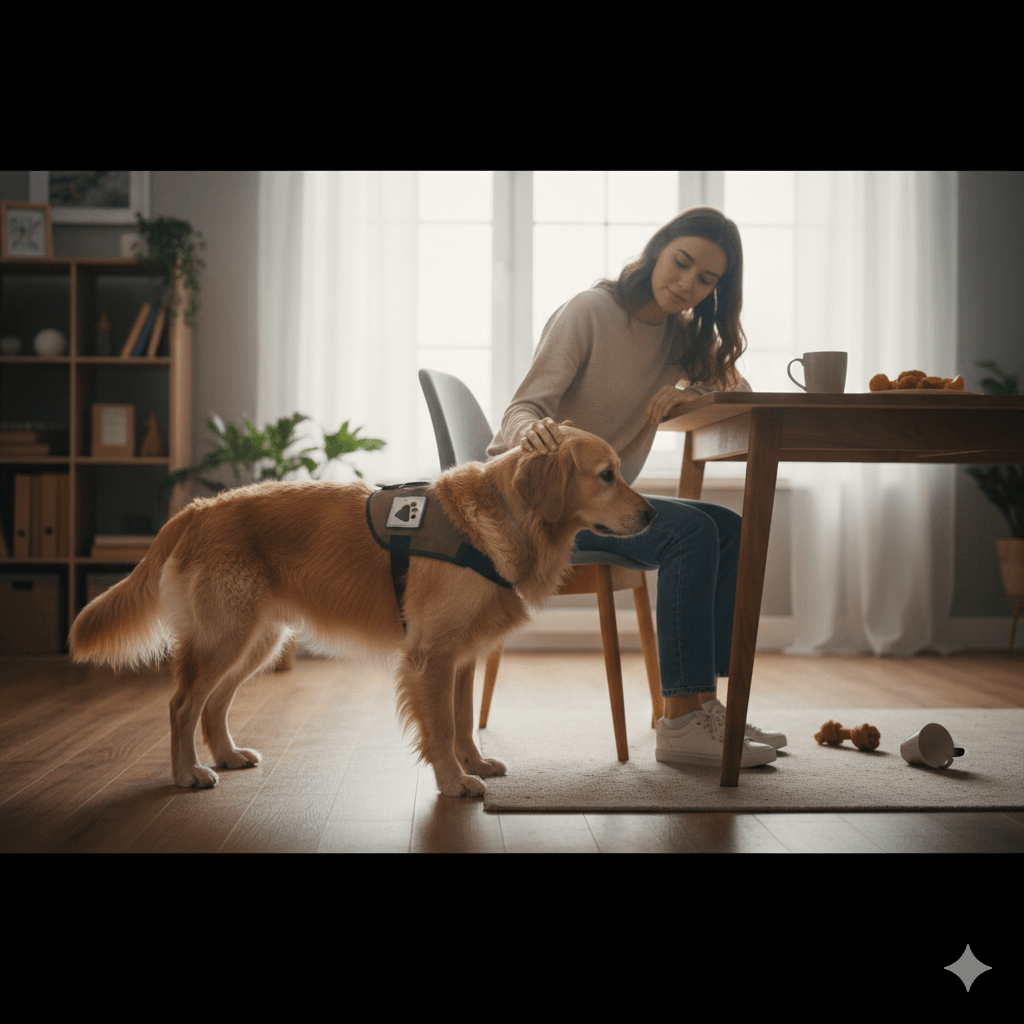Exploring the Vibrant World of Munchkin Cat Colors
Munchkin cats are beloved not just for their adorable short legs but also for their stunning variety of coat colors and patterns. These feline companions come in a dazzling array of hues that make them stand out in any household. Whether you’re a seasoned cat enthusiast or a first-time pet owner, understanding the different colors and patterns of Munchkin cats can help you appreciate their unique beauty even more. In this blog post, we’ll dive into the fascinating world of Munchkin cat colors, exploring everything from solid shades to intricate patterns.
A Kaleidoscope of Solid Colors
Munchkin cats often sport solid-colored coats that are both elegant and eye-catching. These single-tone fur patterns are a hallmark of their breed and contribute to their charm. Below are some of the most common solid colors found in Munchkin cats:
Black : A sleek and glossy black coat exudes sophistication and mystery.
White : Pure white fur gives Munchkin cats an angelic appearance, making them look like fluffy snowballs.
Blue : This soft grayish-blue shade adds a touch of elegance to the Munchkin’s overall demeanor.
Chocolate : A rich, warm brown color that resembles the sweetness of its namesake.
Lilac : A pale, frosty gray with a hint of pink, offering a delicate and refined look.
Solid-colored Munchkin cats are a testament to simplicity meeting beauty. Each hue brings its own unique vibe, making these cats a joy to behold.
Patterns That Tell a Story
While solid colors are captivating, Munchkin cats also come in a variety of patterns that add depth and character to their appearance. These patterns are as diverse as they are beautiful, giving each cat a distinct personality. Here’s a closer look at some popular patterns:
Tabby : Featuring stripes, swirls, or spots, tabby patterns are among the most recognizable and charming.
Tortoiseshell : A mix of black and orange (or their diluted versions) creates a mosaic-like effect on the coat.
Calico : White fur combined with patches of black and orange results in a striking and vibrant look.
Bicolor : A combination of white and another color, creating a clean and classic contrast.
Pointed : Darker shades on the ears, face, paws, and tail against a lighter body, reminiscent of Siamese cats.
These patterns showcase the artistry of nature, turning each Munchkin cat into a living masterpiece. Whether bold or subtle, every pattern tells its own story.
Check this guide 👉Japanese Munchkin Cats: Best 7 Expert Tips!
Check this guide 👉Lifespan of Munchkin Cats: Best 7 Expert Tips!
Check this guide 👉Munchkin Cat Price: Best 7 Expert Tips!
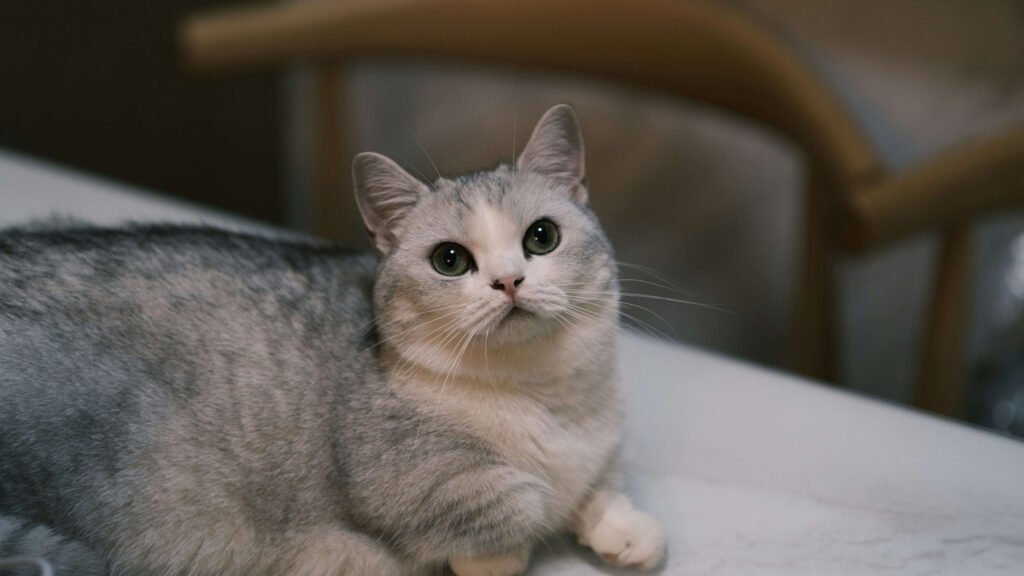
Coat Color | Unique Features |
|---|---|
Black | Sleek, glossy, and timeless |
White | Pure, angelic, and hypoallergenic |
Blue | Soft, muted, and elegant |
Chocolate | Warm, inviting, and rare |
Lilac | Pale, frosty, and delicate |
Rare and Exotic Colors
For those seeking something truly unique, Munchkin cats also boast rare and exotic colors that are sure to turn heads. These uncommon shades are prized by breeders and cat lovers alike. Let’s explore some of these extraordinary options:
Cinnamon : A warm reddish-brown color with a spicy twist.
Fawn : A light beige tone that exudes softness and warmth.
Cream : A pale, creamy yellow that looks almost golden in sunlight.
Silver Tipped : A shimmering silver overlay that gives the coat a metallic sheen.
Smoke : A darker base color with lighter tips, creating a smoky gradient effect.
Rare colors add an element of exclusivity to Munchkin cats, making them even more desirable for collectors and enthusiasts.
Understanding Coat Genetics
The wide range of colors and patterns in Munchkin cats is a result of complex genetic factors. Understanding these basics can help you appreciate how such diversity comes to be. Here’s a simplified breakdown:
Dominant vs. Recessive Genes : Some colors and patterns are dominant, while others require specific pairings to appear.
Dilution Gene : This gene lightens colors like black to blue or chocolate to lilac.
Tabby Gene : Responsible for creating the iconic tabby patterns seen in many Munchkins.
White Spotting Gene : Controls the distribution of white areas in bicolor and calico cats.
Pointed Pattern Gene : Produces the distinctive darker points seen in pointed Munchkins.
Genetics play a crucial role in determining a Munchkin cat’s appearance, adding another layer of fascination to their already enchanting nature.
The Influence of Coat Colors on Perception
The coat color of a Munchkin cat can significantly influence how they are perceived by humans and other animals. Certain colors evoke specific emotions or associations, shaping the way these cats are viewed. Here’s a look at some common perceptions tied to Munchkin cat colors:
Black Cats : Often associated with mystery and elegance, black Munchkins are seen as sleek and sophisticated.
White Cats : Their pristine coats give them an aura of purity and innocence, making them appear angelic.
Tabby Cats : The playful patterns of tabby Munchkins make them seem lively and full of energy.
Calico Cats : Known for their vibrant patches, calicos are often viewed as bold and spirited companions.
Blue Cats : The muted grayish-blue tone lends a calming and serene vibe to these felines.
While coat colors don’t determine personality, they certainly play a role in how Munchkin cats are initially perceived, adding another layer of intrigue to their charm.
Grooming Tips Based on Coat Color
Different coat colors and patterns may require unique grooming approaches to keep your Munchkin cat looking its best. While all cats benefit from regular care, certain colors might show dirt or need extra attention. Here are some grooming tips tailored to specific coat characteristics:
White Coats : Prone to staining, white fur requires frequent brushing and occasional bathing to maintain its brilliance.
Black Coats : Regular grooming helps prevent dullness and keeps the coat shiny and jet-black.
Tabby Patterns : Focus on detangling and smoothing fur to enhance the visibility of their striking patterns.
Calico Cats : Pay special attention to the edges of color patches to ensure even cleanliness and shine.
Smoke Coats : Grooming enhances the gradient effect, so use a soft brush to bring out the depth of the color.
By tailoring your grooming routine to your Munchkin’s coat type, you can highlight their natural beauty and keep them healthy and happy.
Fun Facts About Munchkin Cat Colors
Munchkin cats have fascinating stories and trivia associated with their coat colors and patterns. These fun facts not only entertain but also deepen our appreciation for these adorable felines. Here are some intriguing tidbits about Munchkin cat colors:
Tortoiseshell Cats : Tortoiseshell Munchkins are almost always female due to the genetic link between coat color and sex chromosomes.
Tabby Cats : The “M” marking on a tabby cat’s forehead is believed to symbolize protection and good luck in folklore.
Calico Cats : Calico Munchkins are considered symbols of good fortune in many cultures, especially in Japan.
Solid Black Cats : In some traditions, black cats are thought to bring prosperity, though they’re also unfairly linked to superstitions.
Pointed Patterns : The pointed pattern originated from crossbreeding with Siamese cats, giving Munchkins a touch of exotic flair.
These fun facts remind us that Munchkin cats are not just beautiful but also steeped in history and cultural significance.
Frequently Asked Questions About Munchkin Cat Colors
Are all Munchkin cat colors recognized by cat associations?
Not all colors are officially recognized, but most standard and rare colors are accepted by major organizations.
Can two Munchkin cats produce kittens with different colors?
Yes, depending on their genetic makeup, two Munchkins can have kittens with a variety of colors and patterns.
Do Munchkin cat colors affect their temperament?
No, color does not influence temperament; personality is shaped by upbringing and individual traits.
Is it possible to predict a Munchkin kitten’s adult coat color?
While educated guesses can be made, slight changes may occur as the kitten matures.
Are there health concerns associated with certain coat colors?
Generally, no, though some genetic conditions may coincide with specific colors, so regular vet check-ups are advised.
Celebrating the Diversity of Munchkin Cats
From solid hues to intricate patterns, Munchkin cats offer a breathtaking palette of colors that cater to every preference. Their variety ensures there’s a perfect match for anyone looking to welcome one of these delightful felines into their home. By understanding the genetics and unique features behind their coats, we gain a deeper appreciation for the artistry of nature. Whether you’re drawn to the elegance of a black Munchkin or the whimsy of a calico, these cats remind us that beauty truly comes in all shapes, sizes, and colors.
Understanding Bone Supplement for Cats: Best 7 Expert Tips! – Safe, vet-approved guidance for strong feline bones & balanced nutrition.
Bone Supplement for Dogs: Best 7 Expert Tips! – Expert guide to calcium, collagen & bone health for every life stage.
Understanding Can Cats Get Sunburn: Best 7 Expert Tips! – Protect your feline from UV damage with vet-backed prevention strategies.
How to Train a Seizure Alert Dog: Best 7 Expert Tips! – Learn expert-backed steps to nurture natural instincts into reliable, life-saving seizure alerts.

